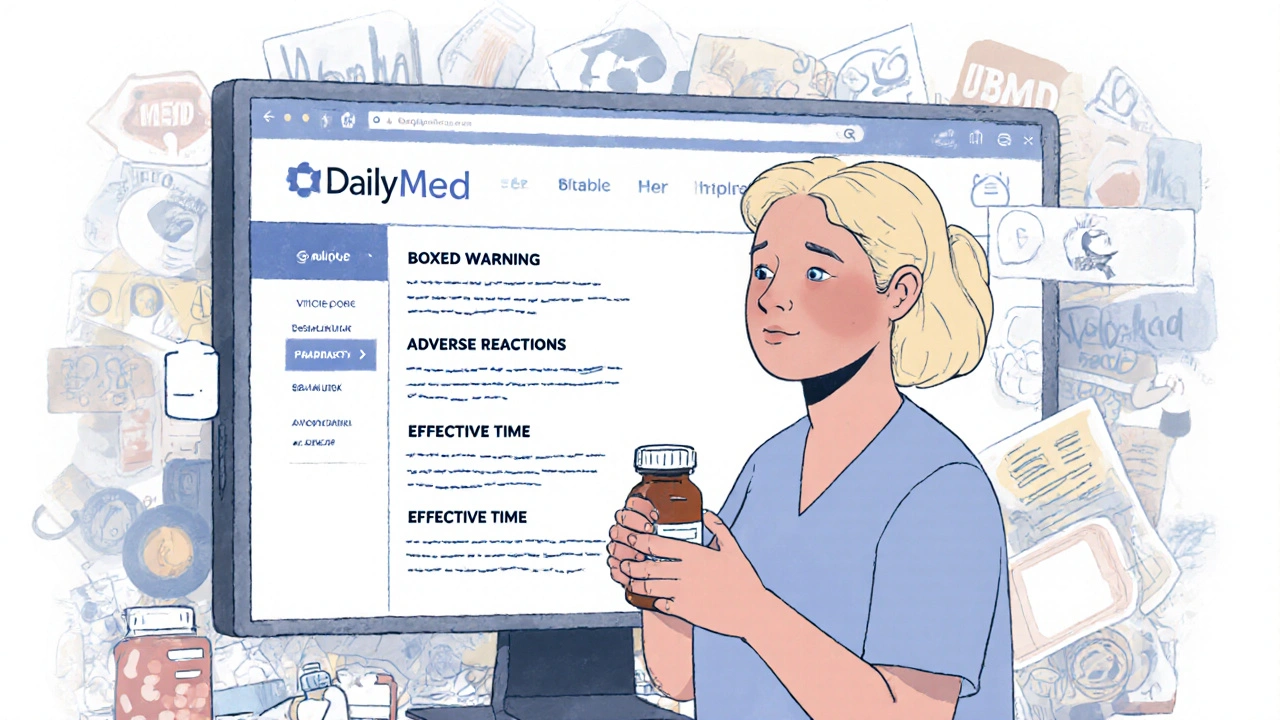Drug Labels: What They Mean and Why They Matter
When you pick up a prescription, the drug label, the printed information on a medication container that tells you what it is, how to take it, and what risks to watch for. Also known as prescription label, it’s not just a formality—it’s your first line of defense against errors, overdoses, and dangerous interactions. Most people glance at the name and dosage, then toss the bottle in a drawer. But that’s like driving with your eyes closed. The label holds details that can keep you alive: warnings about alcohol, food interactions, storage rules, and signs of serious side effects.
Take drug interactions, when one medication changes how another works in your body. A label might say "avoid grapefruit" or "do not take with NSAIDs." Miss that, and you could end up in the ER. Or consider medication safety, the practice of using drugs correctly to avoid harm. Labels tell you if a pill needs refrigeration, when it expires, or if it’s safe to split. One study found nearly 40% of people misread their labels—often because the text is too small or the wording is confusing. That’s not your fault. It’s a system failure.
And it’s not just about pills. Liquid antibiotics, nasal sprays, and even OTC creams all have labels that matter. If you’re storing amoxicillin in a hot bathroom, it’s losing strength. If you’re using a steroid cream longer than the label says, you could be thinning your skin. The pill information, the full set of facts printed on or attached to a medication package includes things like lot numbers and manufacturer contacts—useful if you ever need to report a bad reaction or check for a recall.
Drug labels are written for pharmacists and doctors first. But you’re the one taking the medicine. You need to understand them. That means reading every line, asking your pharmacist to explain the fine print, and keeping a copy of the label in your phone or wallet. Many people don’t know that the FDA requires certain warnings to appear on every label—but only if the drug has a real risk. If it’s not there, that doesn’t mean it’s safe. You still need to check.
What you’ll find below are real stories and practical guides from people who’ve been there: how to track changes after switching to a generic, why some meds need strict timing with supplements, how to spot when a label is hiding a dangerous interaction, and what to do when your label doesn’t match what your doctor said. These aren’t theory pieces. They’re fixes for things that go wrong when people ignore the label—or don’t know how to read it.

DailyMed Navigation: How to Find Up-to-Date Drug Labels and Side Effects
DailyMed is the official source for up-to-date FDA-approved drug labels and side effects. Learn how to find accurate medication information, check for safety warnings, and verify the latest updates from manufacturers.
November 22 2025